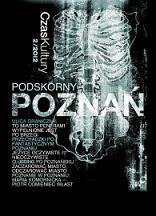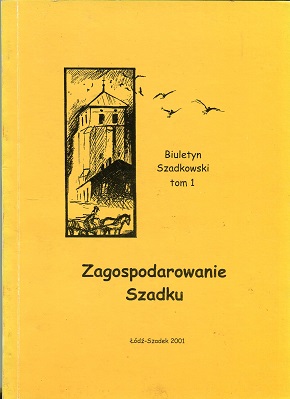
We kindly inform you that, as long as the subject affiliation of our 300.000+ articles is in progress, you might get unsufficient or no results on your third level or second level search. In this case, please broaden your search criteria.




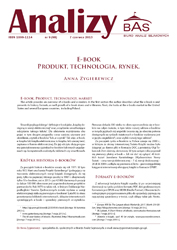
This article provides an overview of e-books and e-readers. In the first section the author describes what the e-book is and presents its history, formats, as well growth of e-book stores and e-libraries. Next, she looks at the e-books market in the United States and several European countries, including Poland.
More...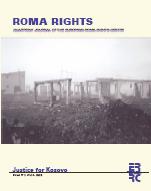
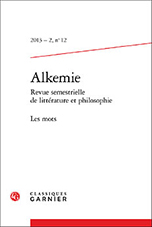


The analytical framework of my research is based on analyzing the journalistic discourse. My investigation is grounded in a corpus of titles from the journalistic area. Titles are ways of interacting and claim to be dialogical. Dialogicality is the degree to which other discourses, voices, positions, representatives of other groups of people and interests are present in the journalistic discourse in a form of interaction which is undistorted. Reading journalistic texts, one can notice that the titles in the journalistic discourse disguise an oscillation between informing and persuading (or between telling and selling).
More...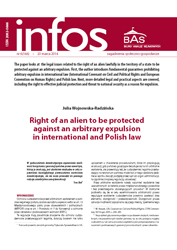
The paper looks at the legal issues related to the right of an alien lawfully in the territory of a state to be protected against an arbitrary expulsion. First, the author introduces fundamental guarantees prohibiting arbitrary expulsion in international law (International Covenant on Civil and Political Rights and European Convention on Human Rights) and Polish law. Next, more detailed legal and practical aspects are covered, including the right to effective judicial protection and threat to national security as a reason for expulsion.
More...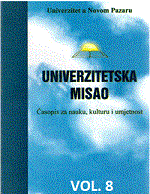
Autor ispituje pojave i probleme novog mišljenja, koja omogućavaju brže poslovanje, sa ključnim ciljem temeljnog procjenjivanja metoda koje kompanijama doprinosi povećanjem konzumenata, kao i široke tržišne transparentnosti u procesu globalizacije. Ta istraživanja autor je naučno potvrdio što mu je i recezentska komisija ovog magistarskog studija pozitivno ocijenila. Teoretski okvir i kritički osvrt u ovoj tezi će biti upotrebljivan kao model za sastavljanje glavnih koncepta i sastavnih delova u prodajnom menadžmentu.
More...
niverzitetska biblioteka opisana u ovom radu predstavlja dopunu i zamenu tradicionalnom načinu vođenja evidencije o knjigama i korisnicima usluga biblioteke: studentima, asistentima i profesorima. Korišćenjem računara, bibliotekar unosi podatke o literaturi, korisnicima usluga biblioteke i zaduženju. Korisnici mogu da posude knjige, pošto se prethodno učlane, i vrate ih u određenom roku. Na ovaj način, zahvaljujući ovom jednostavnom informacionom sistemu svi učesnici: studenti, asistenti, profesori i bibliotekari lakše, brže i kvalitetnije raspolažu postojećim knjigama, časopisima, stručnim i naučnim radovima, diplomskim i magistarskim radovima, doktorskim disertacijama.
More...